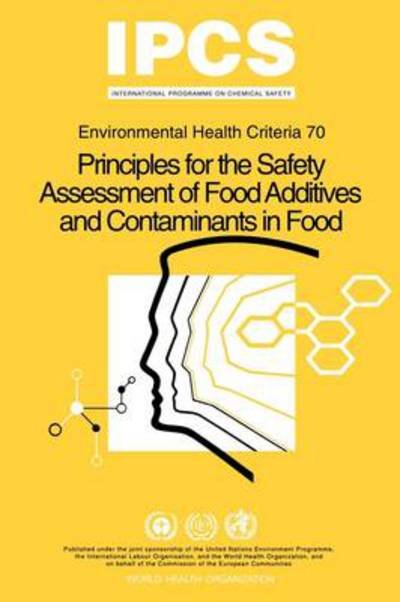
Tell your friends about this item:
Fluorides (Environmental Health Criteria Series)
Ipcs
Fluorides (Environmental Health Criteria Series)
Ipcs
This book evaluates the risk to human health and the environment posed by exposures to fluorides. It is widely known that fluoride has both positive and negative effects on human health, and there is a narrow range between intakes that are associated with these effects. Cases of skeletal fluorosis associated with the consumption of drinking water containing elevated levels of fluoride are reported.
Fluoride is ubiquitous in the environment and virtually all foodstuffs contain at least trace amounts of fluoride. The amount of fluoride present naturally in non-fluoridated drinking water is highly variable, being dependent upon the individual geological environment. Also, fluorides, especially hydrogen fluoride, are important industrial compounds and they are used in aluminum production, glass manufacturing and so on.
This document focuses on environmental exposure to fluoride derived mostly from inorganic sources and its effects on humans, animals and other biota. Data on hydrogen fluoride, calcium fluoride, sodium fluoride, sulfur hexafluoride and silicofluorides are covered, as these compounds are considered to be the most relevant of the inorganic fluorides on the basis of quantities released to the environment, environmental concentrations and toxicological effects on living organisms. A review of studies on the environmental fate and concentration of fluorides is also presented in this document.
| Media | Books Paperback Book (Book with soft cover and glued back) |
| Released | 2001 |
| ISBN13 | 9789241572279 |
| Publishers | World Health Organization |
| Pages | 288 |
| Dimensions | 150 × 15 × 225 mm · 394 g |
| Language | English |

 Christmas presents can be returned until 31 January
Christmas presents can be returned until 31 January











![Cover for Ipcs · Neurotoxicity Risk Assessment for Human Health: Principles and Approaches (Environmental Health Criteria Series) (Paperback Book) [Revised edition] (2001)](https://imusic.b-cdn.net/images/item/original/231/9789241572231.jpg?ipcs-2001-neurotoxicity-risk-assessment-for-human-health-principles-and-approaches-environmental-health-criteria-series-paperback-book&class=scaled&v=1508408769)


![Cover for Ipcs · Arsenic and Arsenic Compounds (Environmental Health Criteria Series) (Paperback Book) [2nd edition] (2001)](https://imusic.b-cdn.net/images/item/original/248/9789241572248.jpg?ipcs-2001-arsenic-and-arsenic-compounds-environmental-health-criteria-series-paperback-book&class=scaled&v=1497043278)







![Cover for Ipcs · Chlorinated Paraffins (Environmental Health Criteria) (Paperback Book) [First Edition, First Printing edition] (1996)](https://imusic.b-cdn.net/images/item/original/814/9789241571814.jpg?ipcs-1996-chlorinated-paraffins-environmental-health-criteria-paperback-book&class=scaled&v=1408649757)

